Objectives
Underlying principle of defibrillation
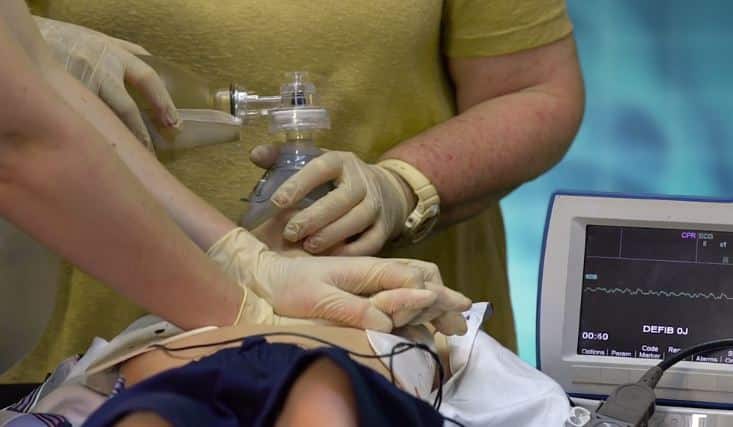 This electrical current passing through the myocardium is able to terminate ventricular fibrillation and pulseless ventricular tachycardia, permitting the normal electrical pathway of the myocardial cells to resume.
This electrical current passing through the myocardium is able to terminate ventricular fibrillation and pulseless ventricular tachycardia, permitting the normal electrical pathway of the myocardial cells to resume.
Defibrillation does not “start” the heart, it briefly stops cardiac electrical activity (e.g.: VF/VT). It is then hoped the normal pacemaker of the heart will resume firing and produce an effective rhythm. However this outcome is not guaranteed.
Indications
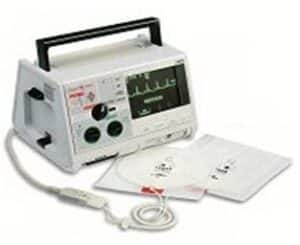
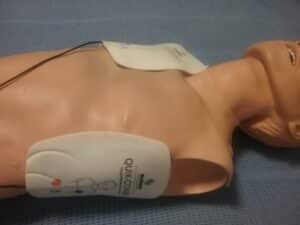

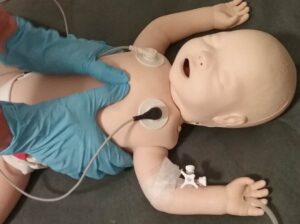
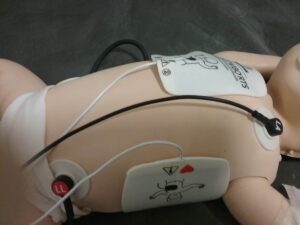


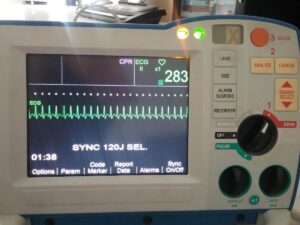

Phone: 0419 675 740 | Fax: 07 3325 0388
Email: mail@hcts.com.au
Postal Address: PO Box 426, Albany Creek, Qld, 4035
Stay up to date with our latest news and products.